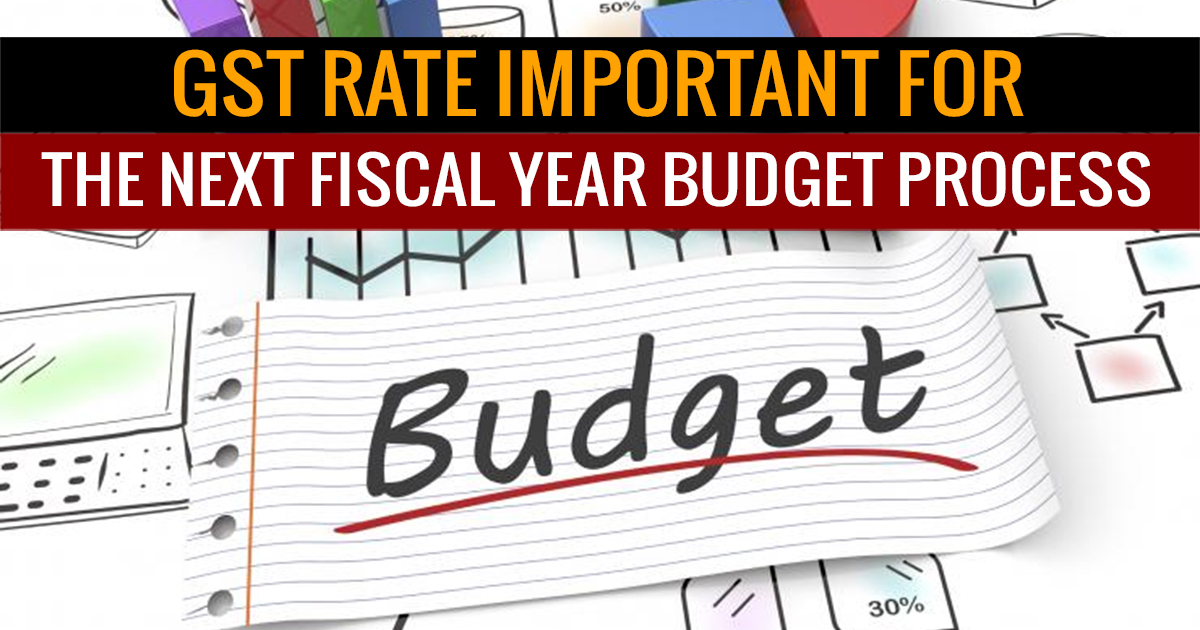
The government has a big challenge ahead as the much awaited GST regime has an urgent demand of taxation rate on which it will run the taxation network in the nation. In this hustle of preparing a broad taxation scheme the government has to make an estimation of its annual statement of accounts and not the exact corresponding figures.
A key policymaker in the NDA government threw some light on the matter, “The decision regarding the taxation rate for GST, which is intended to be rolled out from April 1, 2017, is pivotal in the finali
zation of the revamped Budget process for next financial year. It will be very tough. Working out the revenue estimates would be tough because GST’s rate might not be finalized well in time before the Budget. If April 1 is the roll-out target, most likely the decision in the GST council will not come to a conclusion on time, political posturing will go on. It’s going to be a tough exercise.”
Several meetings have been brought up this month from officials of the Budget division and Revenue Department over the Revenue projections. A government official which has been in the Budget-making process said that “It has not yet been decided how the revenue projections will be made for next year. Whether it should be a statistical projection or a clubbing of excise duty and service tax data from this year to make a projection for next year. Discussions are taking place within the departments of the (finance) ministry.”
This is a crucial point to decide the tax rate of GST as the projection would be accountable on the same tax rate. The budget will also depend on the same rate and all the officials of finance ministry are waiting for the GST council to announce the rate. The finance ministry is accustomed to held meeting of pre-Budget by October end to determine the revised estimates for the current year while estimating for the upcoming financial year. The meetings are prolonged till December with various other departments and ministries and after which the revised estimates are affirmed.
Arun Jaitley, who is heading the GST council has representatives from all the states will be gathering for a three-day meeting starting from October 18 to discuss the significant GST rate, but as the council has already pointed issues in the first meeting on September 23 and also in the second meeting, where the well-known clash of administrative control of service tax assessees between the Centre and some states has been seen.
These issues are likely to affect the pending draft IGST, CGST and SGST laws and rules, GST rate structure and exemption lists, along with delaying the tax rate saturation point at which everyone agrees.
The state and center government are searching for a multiple rate tax structure for the GST regime, while various suggestion concluded at 20 to 22 percent. The Centre has earlier thought to fix the rate at neither too low nor too high which pressurize the taxpayer as a whole.
Read Also: Goods and Services Tax (GST) Impact on Businesses in India
Even before the state and center government has hunted down the tax rate from diverse sources as Chief Economic Adviser Arvind Subramanian suggested a revenue-neutral rate of 15-15.5 per cent and the standard rate of 16.9-18.9 per cent for the indirect tax regime and 40 per cent rate for luxury goods. In the other scenario, National Institute of Public Finance and Policy and sub-group suggested a rate of 27 per cent which was considered to be a high tax rate by the finance minister itself. The proposed GST structure will be considered at many platforms, but the taxation rate will still take time, as the states are given freedom to decide their local state taxes in the SGST.